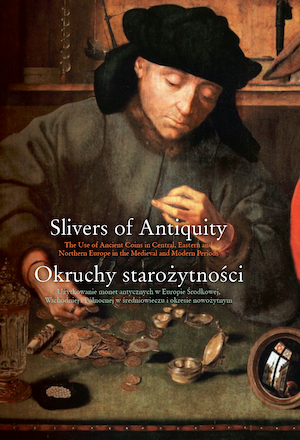THE USE AND REUSE OF ROMAN COINS IN VIKING, MEDIEVAL AND MODERN PERIOD SWEDEN / UŻYTKOWANIE I WTÓRNE WYKORZYSTYWANIE MONET RZYMSKICH W SZWECJI W OKRESIE WIKIŃSKIM, ŚREDNIOWIECZU I NOWOŻYTNOŚCI
THE USE AND REUSE OF ROMAN COINS IN VIKING, MEDIEVAL AND MODERN PERIOD SWEDEN
Author(s): Florent Audy
Subject(s): Anthropology, Archaeology, Cultural Anthropology / Ethnology
Published by: Wydawnictwa Uniwersytetu Warszawskiego
Keywords: Roman coins; archaeology; coin-pendants; long term; past in the past
Summary/Abstract: This article aims at understanding the presence of Roman coins in Viking, medieval and modern period Sweden from an archaeological point of view. It considers all sorts of finds comprising Roman coins, as long as the contexts in which they occur can be dated with sufficient precision. Four main phases are distinguished: early Viking Age ( Phase I: c. 750–990), late Viking Age (Phase II: c. 990–1150), Medieval period (Phase III: c. 1150–1500) and Modern period (Phase IV: c. 1500–c. 1800). Differences in quantity, use and perception clearly emerge between phases. These differences seem to depend mainly on the socio-economic context and the amount of information available for the coins. The fact whether the Roman coins were kept in circulation since they were brought to Sweden in Roman times, were rediscovered at ancient sites or were imported at a late point also seems to have played a very important role in how these coins were perceived.
- Page Range: 159-176
- Page Count: 18
- Publication Year: 2020
- Language: English, Polish
- Content File-PDF

